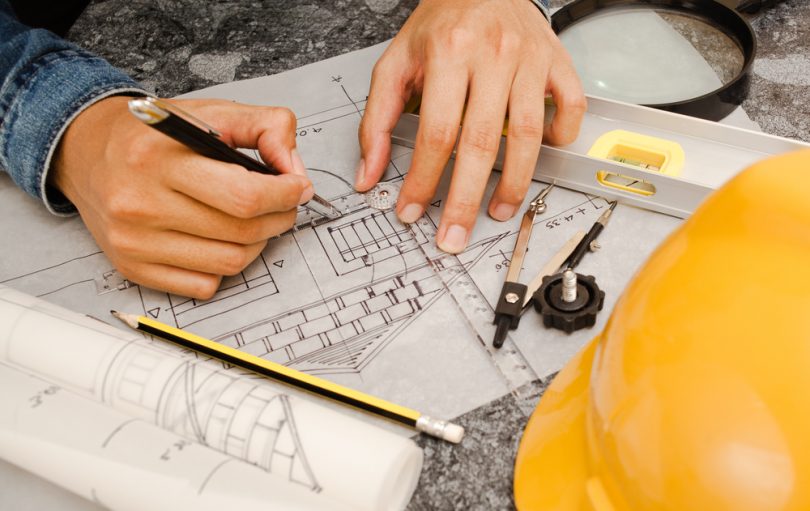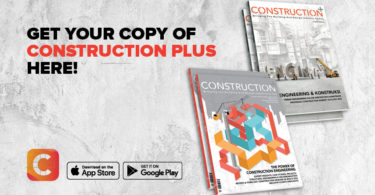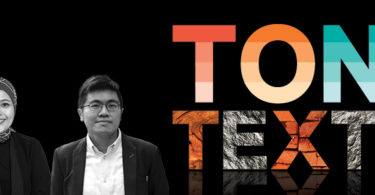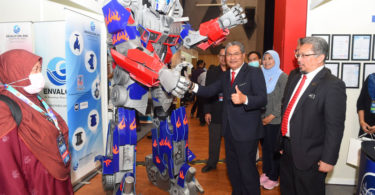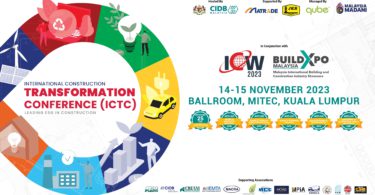So far as the COVID-19 impact is concerned, some sectors have stayed resilient and some have been destabilised. The construction industry, according to the Ministry of Manpower’s (MOM) Q2 Labour Market Report, saw a large decline of employment due to the Circuit Breaker and safe distancing measures (-13,600), coming in second after the services sectors (-22,900).
In the International Built Environment Week (IBEW) 2020, on 29 September 2020, Lim Ming Yan, Chairman of Singapore Business Federation/Workforce Singapore, shared his thoughts about the impact of COVID-19 on the small and medium-sized enterprises (SMEs) as well as the job market outlook.
SMALL AND MEDIUM-SIZED ENTERPRISES
Lim confirmed that there are indeed some concerns among businesses in the construction sector. This period has seen the lowest trend since 2009; this year, the construction sector experienced a drop in value of up to S$10 billion. Among the other sectors, the built environment saw the sharpest decrease in the last quarter, which has a significant impact on the industry as whole and subsequently on the SMEs.
Most SMEs could not resume work for months. Now, they can restart but with a lot of safety management measures in place, including safety for workers, dormitories, transport and worksites. Companies have to schedule workers in cohorts to minimise the risk of new cases. This has an immediate impact on the level of costs and productivity. For the time being, SMEs are optimising their existing resources to deal with the situation. However, in order to build a long-term resilience, there should be different approaches and better use of technology.
SMEs make up the majority of Singaporean businesses in general. From Lim’s statement about the current state, we can imply that some of them are not ready to board the digital bandwagon. Indeed, before the pandemic, there might only be over a third of SMEs in Singapore claiming to be ready for the digital economy. But now that we have safety management measures put in place and most activities have gone virtual, adopting digital solutions seems to be the only option in order to survive and succeed.
LEVEL THE PLAYING FIELD AND CREATE BETTER JOBS
Currently, there are around 300,000 foreign workers in Singapore. Design for Manufacture and Assembly (DfMA) can contribute to a reduction in the reliance on manual labour, to say 250,000 or 200,000. But what’s important to note is that digitalisation should be done over a sufficient period of time. Quoting Lim, we need to level the playing field so that no companies will be adversely affected.
Over the years, 70 to 80 per cent of the GFA (gross floor area) have actually been designed through BIM, but digitalising one or two companies is not enough. Digital transformation should cover the whole value chain and collaboration mindset must be instilled. Right now, digitalisation is taking place but in isolation. As we are already at the tipping point, what we need is an additional push to make acceleration happen. This is not just for the sake of an eased construction process, but also for the building maintenance.
Read: Creating values and enhancing user’s experience through Smart FM and predictive maintenance
For example, as sensors can improve facilities management and building maintenance, we can employ fewer people but provide higher values for each individual. By doing so, we will not only improve efficiency but also create better jobs for people in a particular segment of the society. This will not only make our environment more sustainable, but also foster social justice.– Anisa Pinatih, Construction+ Online
Disclaimer: Construction+ makes reasonable efforts to present accurate and reliable information on this website, but the information is not intended to provide specific advice about individual legal, business, or other matters, and it is not a substitute for readers’ independent research and evaluation of any issue. If specific legal or other expert advice is required or desired, the services of an appropriate, competent professional should be sought. Construction+ makes no representations of any kind and disclaims all expressed, implied, statutory or other warranties of any kind, including, without limitation, any warranties of accuracy and timeliness of the measures and regulations; and the completeness of the projects mentioned in the articles. All measures, regulations and projects are accurate as of the date of publication; for further information, please refer to the sources cited.
Hyperlinks are not endorsements: Construction+ is in the business of promoting the interests of its readers as a whole and does not promote or endorse references to specific products, services or third-party content providers; nor are such links or references any indication that Construction+ has received specific authorisation to provide these links or references. Rather, the links on this website to other sites are provided solely to acknowledge them as content sources and as a convenient resource to readers of Construction+.



